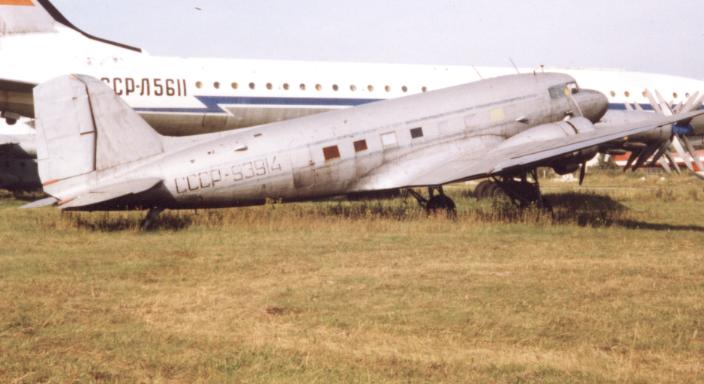Near the end of the war, about 20 L2Ds were built with non-critical parts constructed from wood instead of metal due material shortages.
1935 to 1945
The Douglas Air Company’s iconic DC-3 airliner and its military counterpart, the C-47 Skytrain (more famously known as ‘Dakotas’) were built in enormous numbers, with a combined total production of around 16,000 airframes.
The DC-3 entered service at the end of 1935 and the twin-engined metal-construction monoplane helped popularize and revolutionize passenger air travel, particularly in the US.
The plane was cheaper and could fly faster and further than its contemporary aircraft, while it also offered greater comfort and passenger capacity.
DC-3A
- Nationality: USA
- Speed: 230 mph
- Range: 1,500 miles
- Service Ceiling: 23,200 ft
- Passengers: 32
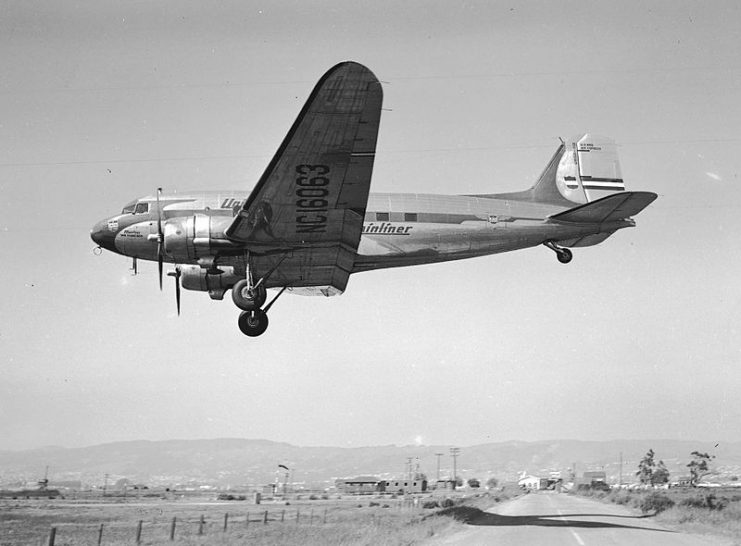
L2D2 ‘Tabby’
- Nationality: Japanese
- Speed: 220 mph
- Range: 1,996 miles
- Service Ceiling: 35,752 ft
- Passengers: 21
The L2D2 ‘Tabby’ was the Japanese license-built version of the DC-3.
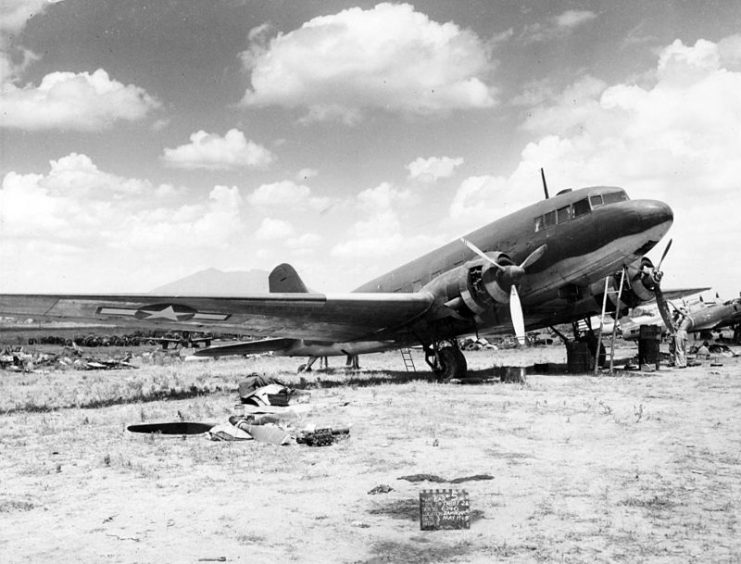
Boeing 247D
- Nationality: USA
- Speed: 200 mph
- Range: 745 miles
- Service Ceiling: 25,400 ft
- Passengers: 10
The Boeing 247D was the DC-3s direct competitor. The 247D failed to take full advantage of entering production slightly ahead of the DC-3 and only 75 were made.
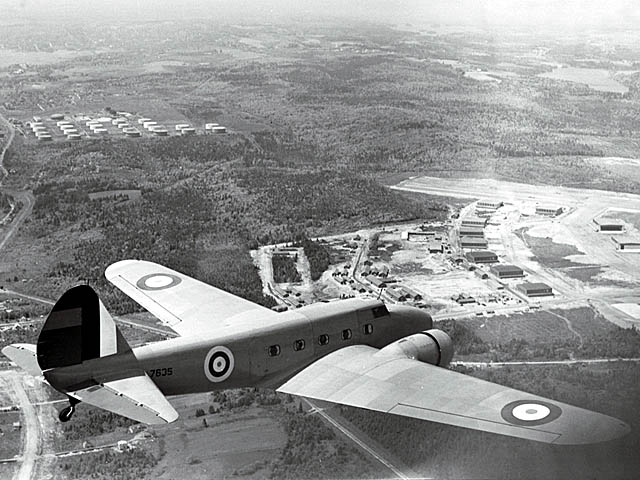
DH.86A Express
- Nationality: British
- Speed: 166 mph
- Range: 760 miles
- Service Ceiling: 17,400 ft
- Passengers: 12
The de Havilland Express was beautiful and chic, but it had an abysmal safety record. Many of the 62 planes that were built crashed due to its poor design and stability issues.
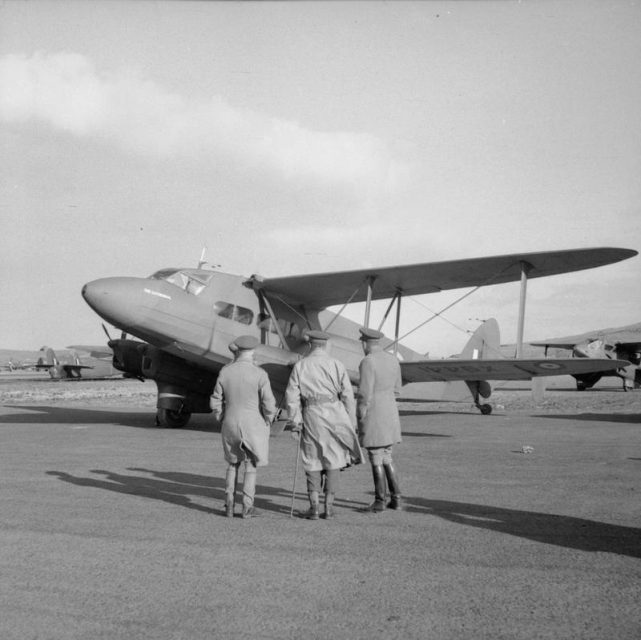
Ju-52/3m 3ge
- Nationality: Germany
- Speed: 155 mph
- Range: 808 miles
- Service Ceiling: 19,357 ft
- Passengers: 17
The Junkers 52 was produced in large numbers, with nearly 5,000 built. The aircraft entered service from its first flight in 1930 and a very limited number remain in service today.
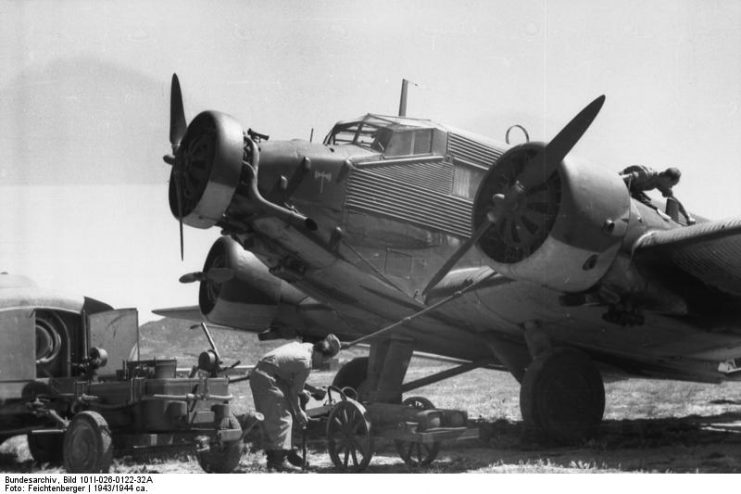
Savoia-Marchetti S.73
- Nationality: Italy
- Speed: 205 mph
- Range: 994 miles
- Service Ceiling: 24,274 ft
- Passengers: 18
Only 55 S.73s were ever produced. Although a little underpowered, the aircraft proved to be extremely rugged and reliable.
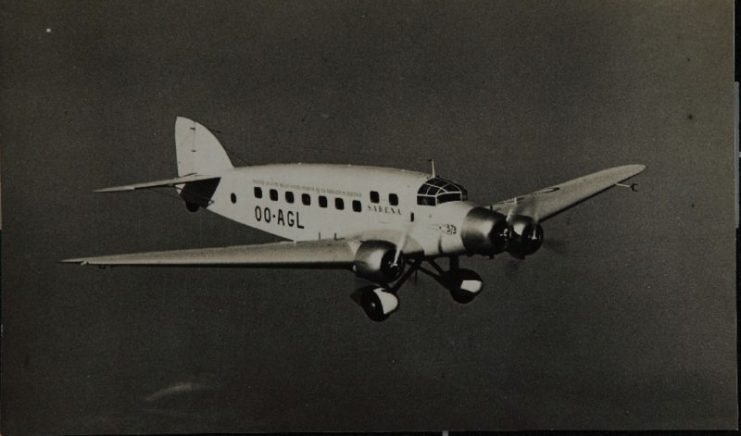
(Please note: The provided statistics are generalizations to give a fair representation of each type of aircraft).
It, therefore, made a lot of sense to build a militarized version of the DC-3, which had a large cargo door, reinforced floor, and an Astrodome in the cabin roof.
The C-47’s proved immensely popular and were used as cargo planes, troop carriers, as glider towing aircraft, among other roles.
It may be surprising, but the DC-3 was also built under license in the USSR (Lisunov Li-2) and the Imperial Japanese Empire (L2D2).
The Japanese acquired a production license in 1935 for the bargain price of $90,000, little more than the $80,000 cost of a single DC-3 at the time.
The Japanese wasted no time getting production started on their own version of the DC-3. The Nakajima Aircraft Company teamed up with Showa Aircraft Industry, an aircraft manufacturer established in 1937 to produce military planes.
Nakajima Aircraft Company had designed and constructed various types of military aircraft since the 1920’s for the Japanese Armed Forces. The company’s previous aircraft included reconnaissance planes, seaplanes, fighters, high-altitude interceptors, and naval torpedo bombers. Towards the end of the Second World War, the company designed a prototype jet aircraft (Kikka- Orange Blossom) and began mass production of a suicide plane (Tsurugi- Sabre), although it was never deployed.
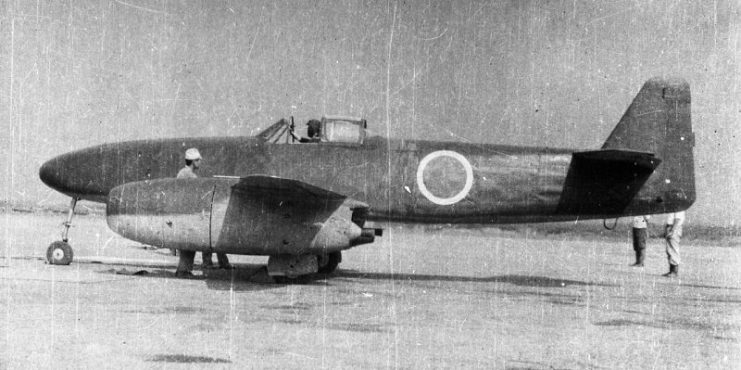
Furthermore, the Nakajima Aircraft Company’s 14-cylinder air-cooled radial engine (Sakae– Prosperity) powered the legendary Mitsubishi A6M “Zero,” but it had little experience building passenger or cargo aircraft.
Meanwhile, Showa Aircraft Company had no previous aircraft production experience, but the company had money to invest. Showa subsequently set up a strategic partnership with Nakajima in 1938 after it purchased the production license and tooling to construct DC-3 passenger liners.
Nakajima and Showa set up aircraft production lines in 1939 and its version became known as L2D in Japanese service. The aircraft was later given the Allied code name ‘Tabby’.
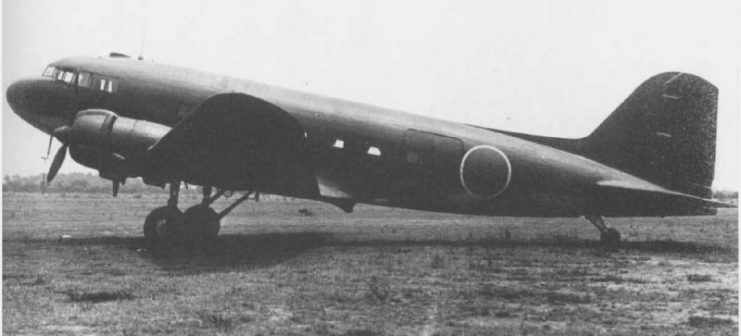
The first aircraft were completed in 1940. Two planes were initially produced with the designation L2D1, built with American-sourced components and engines and differed little from the original DC-3.
Production using locally made components and engines then began in earnest, to be designated L2D2. In all, Nakajima produced 71 L2D2 transport models through to 1942. Nakajima then left the project to concentrate on manufacturing combat aircraft such as the Nakajima Ki-43 Hayabusa fighter, code name ‘Oscar’.
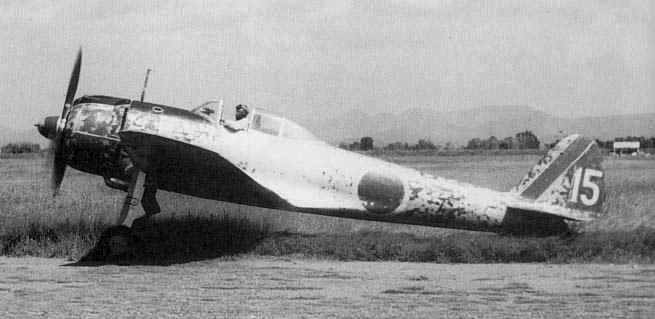
The Showa Aircraft Company went on to make 415 L2D2s before the end of the war.
The vast majority of the aircraft were produced for military service, although a small number of commercial passenger planes versions were made. These were built for civil use by Imperial Japanese Airways, Japan’s national airline throughout the Second World War.
The military version of the L2D was similar to the US C-47 Skytrain, with its large cargo door and reinforced floor. A noticeable difference between them was the cockpit cabin which was extended and had three windows added either side so that all four crew members could sit together at the front.
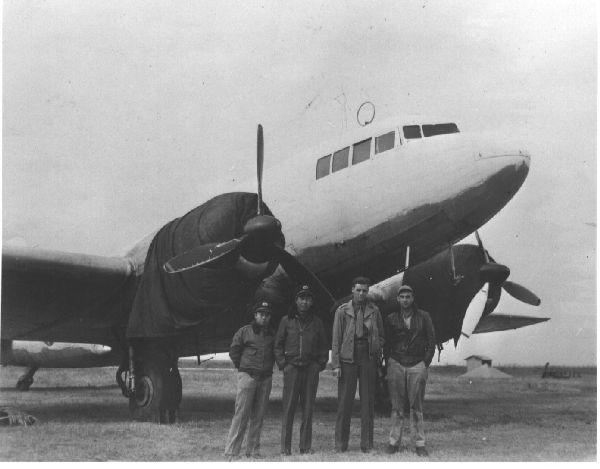
A handful of the later production models carried three machine guns, with an A13 mm machine gun in a dorsal turret and two lighter 7.7 mm machine guns that could be fired out of fuselage hatches.
Nonetheless, it is unlikely this configuration was particularly effective since US B-17G bombers carried a total of 13 heavy machine guns to defend against enemy attacks.
Near the end of the war, about 20 L2Ds were built with non-critical parts constructed from wood instead of metal due material shortages.
There was even a plan to make a version (L2D5) that used wood wherever possible, but the war ended before completion of the project.
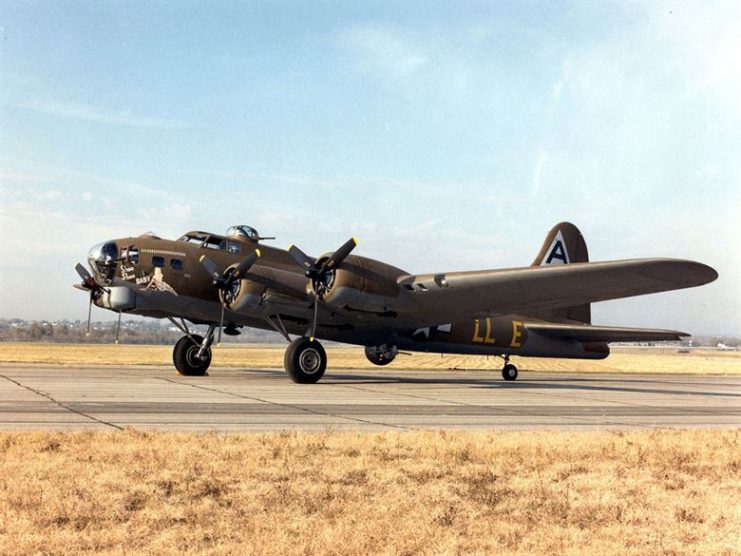
By the end of the war, nearly 500 L2Ds had been constructed, making them Japan’s most numerous military transporter and accounting for around 3% of all the DC-3 and its derivatives built.
No version of the L2D survives to today. Regarding its manufacturers, Nakajima underwent a number of changes and is now called the Subaru Corporation, a leading Asian car manufacturer. Meanwhile, after the war Showa diversified and established itself as an aircraft component manufacturer.
Of Japan’s Axis allies, neither Fascist Italy nor Nazi Germany produced DC-3s.
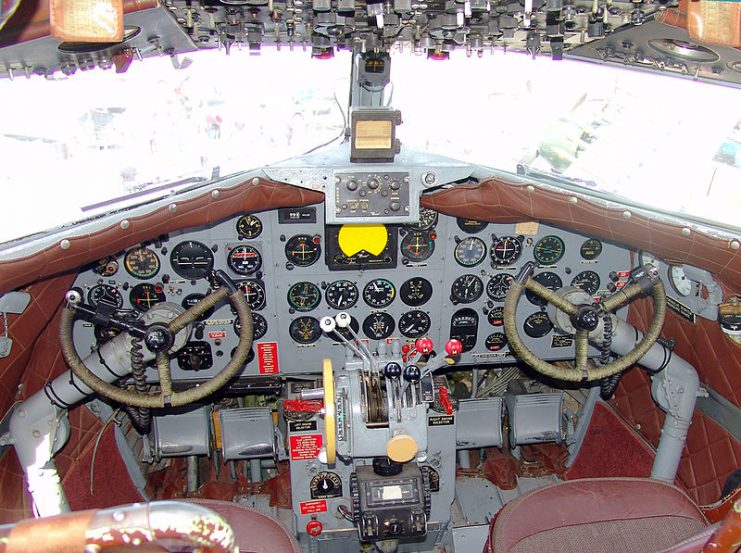
The Italians managed to acquire a single Belgian DC-3 in 1943 while fighting in Algeria, which was later handed over to the Germans.
In addition, Germany managed to gain several at the beginning of the war.
Germany captured four Czechoslovakian-owned DC-3s when it invaded, with the aircraft handed over to Lufthansa in 1939 for use on commercial routes.
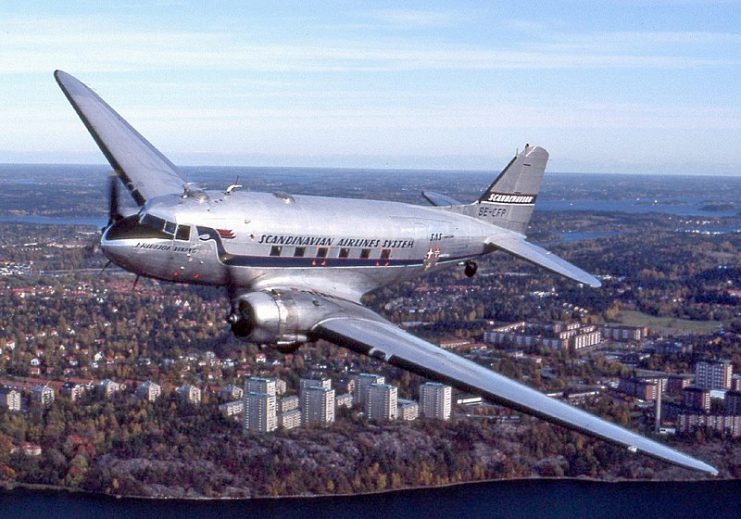
A further five DC-3s entered German hands after the Dutch surrendered in 1940. One of these was rumored to have been used for covert operations by III./KG 200, the German Special Operations Squadron.
Several hundred of the American version remain flying today, a true testimony to the quality and durability of the design.
